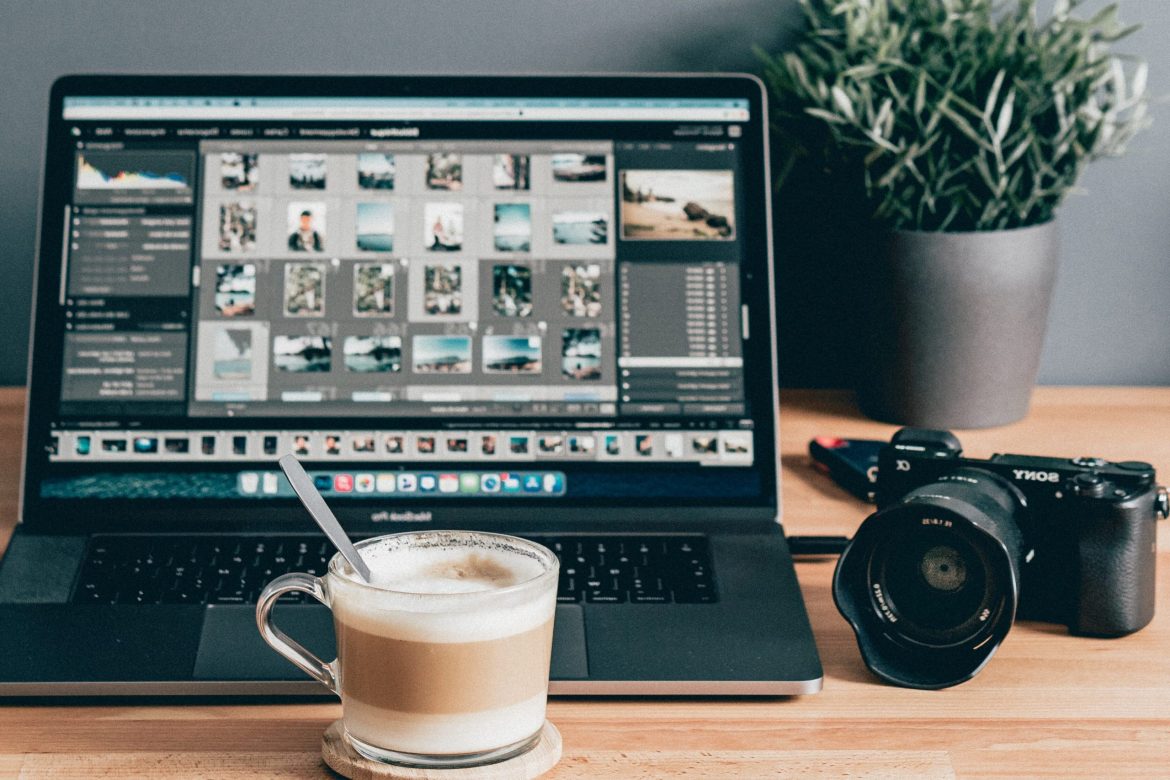If you’re looking to create inkjet prints of your black and white photos, these tips will help you get great, correctly toned results.
When it comes to printing black and white photos using inkjet printers, there are a few things to keep in mind to make sure you get great results. In a quick introduction to printing black and white, lynda.com author Ben Long shares some tips on what makes a good black and white print before you even get started with printing your photos out, and some key technical considerations with your equipment.
While the video above is just an introduction to Long’s complete Inkjet Printing for Photographers course, it actually covers some important points that will save you time and effort later. For example, he mentioned the fact that the biggest challenge to printing black and white is that your inkjet printer may not produce neutral black and white images. You might see a bit of magenta or green color cast on your print, but it may not be noticeable unless you place it next to a neutral monochrome print. Once you become accustomed to good neutral black and white prints, however, you’ll most likely see the difference easily and want to switch printers eventually.
Of course, part of getting a great monochrome print is understanding what makes one. This is where Long’s tips come in handy. A big part of this is expanding the contrast and midtones of your image so that the highlights and the shadows work together to bring out the textures. In his print comparison, the difference between the original and corrected images is pretty big — the former may look a little muddy or have a darker cast, while the latter shows more prominent textures, more eye-catching true whites, and deep true blacks. The better print also has a beautiful silvery quality to it compared to the other, in true spirit of silver gelatin prints. In the first example, we are also shown how the better print shows a broader range of tones that go from black to full white.
There are obviously other considerations for inkjet printing like the paper, the printer, and monitor calibration. But those call for another set of tutorials!
